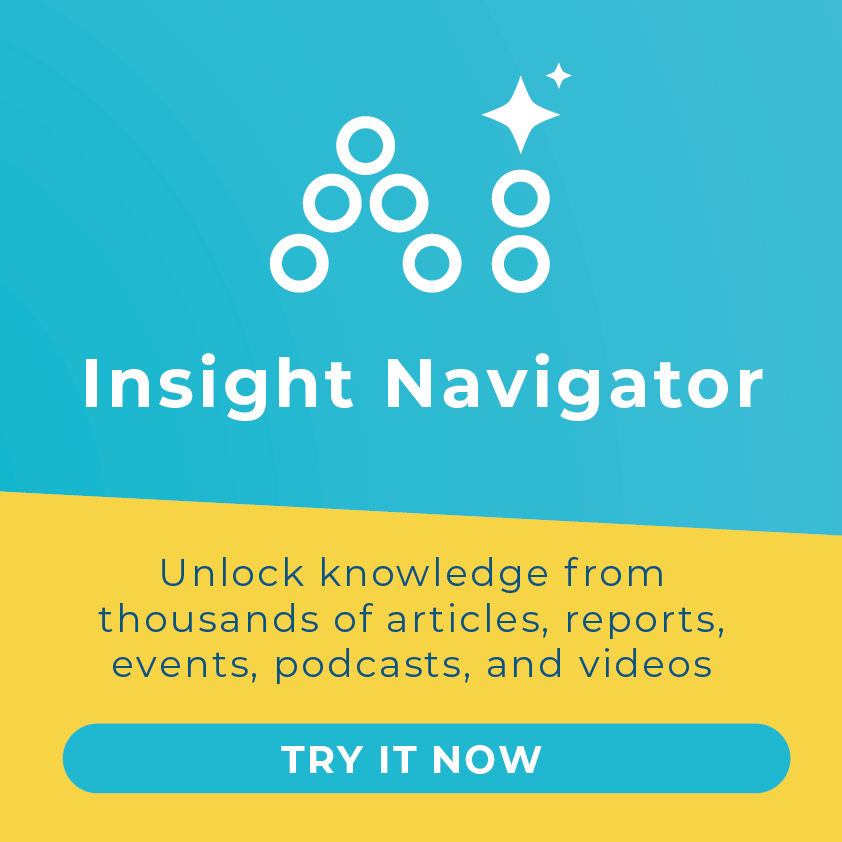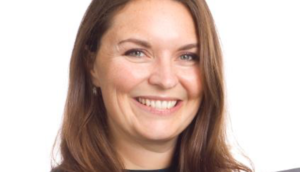Back in November 2008, on a hot, dusty day in Dar es Salaam, I vividly remember the moment I met Lillian Kessy. I was immediately struck by her confidence, dignity and determination. Only a year earlier, Lillian was in a desperate financial situation. By the time I met her, she was busy building a small and growing enterprise, part of a network of distributors for a large international drinks manufacturer, and in the process had generated jobs in her local community and enough income to send her daughter, Angel, to school.
What I love about the idea of inclusive business is that it recognises people’s core humanity – it treats people with dignity, as agents of their own development. People like Lilian, are not looking for charity, but for opportunity. At its best, inclusive business creates opportunity for low-income people as suppliers, distributors, customers or employees. Best of all, by offering the opportunity for business to succeed too – by creating new markets or securing supply chains, for example – it offers the potential for scale in a way that philanthropy never could.
What is perhaps most surprising and most disappointing to those of us who work in this field, therefore, is how few examples there are of inclusive businesses that have truly scaled.
Yes of course there are examples of impressive scale. Vodafone’s M-PESA money transfer service is one obvious example. Launched in Kenya, M-PESA now has more than 260,000 agents globally servicing 25 million subscribers in over 10 markets. Meanwhile, Coca-Cola’s distribution network includes more than 3,200 independently-owned Micro Distribution Centers (MDCs) – such as the one managed by Lilian in Tanzania, where 95 percent of Coca-Cola Kwanza’s sales volumes are distributed through MDCs, 65 percent of which are owned and/or managed by women. Other examples are included here on the Practitioner Hub, on our website, in our regular publications (including this one on inclusive distribution models) and by a number of our partner networks, such as the Business Call to Action.
The issue is not that scale is not possible, but that it is rare. These examples are probably the most often cited examples. Why aren’t there many more?
At Business Fights Poverty, we have become obsessed by this issue of scale. We believe there are two important priorities if we are to deliver on the promise of inclusive business. The first relates to deepening and the second to widening.
Deepening
One of the keys to scale is taking the inclusive business conversation from sustainability departments into the very core of the business – mainstreaming an understanding of the principles and practices of inclusive business into corporate strategy and across functions, from product innovation to marketing, from human resource management to procurement, from the factory floor to the CFO’s office.
The label of “inclusive” business has been partly to blame: the jargon does not resonate widely beyond our sustainability bubble, and potentially has an alienating effect on those in the mainstream business. But language is only part of the issue. Earlier this year we published the first in what will be a series of studies into what it takes to embed the principles of inclusive business into the fabric of a business.
Our work, supported by Pearson, CEMEX and De Beers, looked specifically at the issue through the lens of the Sustainable Development Goals (you can download the report here). We identified 4 issues and drivers to scale (see table).
|
Issue |
Implication |
|
|
Understanding |
High awareness among senior leadership and external affairs / sustainability, but limited among those in commercial roles – yet they have a key role, given the importance of harnessing the core. |
A clear, quantitative business case is the most powerful driver for aligning incentives and capabilities in the business and supply chain, especially amongst colleagues in commercial and operational roles. |
|
Prioritising |
The SDGs are wide ranging and inter-connected, covering all dimensions of sustainable development. It is simply not realistic for a company to focus on all of them. |
Companies need to be mindful of all the SDGs but prioritise those that are most material to the business and the company’s potential impact and contribution is strongest. |
|
Goal Setting |
Whilst many companies have articulated a corporate level goals, it is harder to make the case and align incentives at a more specific product, service or business unit level. |
Directly link priority inclusive business goals and targets into corporate goals and targets in order to engage and influence colleagues across the business and the value chain. |
|
Integrating |
Where a company has well developed sustainability strategies, programmes, performance management systems in place. It is not immediately obvious what companies should / could be doing differently. |
Identify ways to bring the priority inclusive business goals and targets to life in the core business and value chain by integrating them into core operations, products, programmes, management and reporting systems. |
The bottom line is that for us to mainstream the principles of inclusive business, we need to make these principles real for each individual in the business. Rather than a specific unit, project or “added extra”, we need to find ways to systemise the principles and practices of inclusive business into the day jobs of people within the business and across the value chain. That might mean dropping the jargon and finding language that resonates with each corporate function and that is integrated into the core objectives of each business unit and individuals within them. For development practitioners, that also means recognising the positive social impact of mainstream business (even where it is not labelled as “inclusive”).
Widening
The other priority for scaling inclusive business is widening the approach to delivering it. Specifically, we need to move beyond the various single-company value chain examples, impressive as they are, towards broader collaboration that brings together peers and other external stakeholders – in order to tackle wider systemic and pre-competitive issues that stand in the way.
At a basic level, the idea of working together to achieve more is self-evident. Collaboration allows us to take on bigger and more complex challenges. Yet, despite the popularity of partnerships, and the widespread faith in their potential, the view of partnerships from those involved in the front line of implementing them is more often characterised by a strong degree of frustration and scepticism. In practice, collaboration is typically characterised by bureaucracy, complexity and cost.
At Business Fights Poverty, we have made it our mission to rethink how people collaborate to achieve social impact at scale – drawing on 10 years of our own experience driving multi-stakeholder collaboration, and from that of others. To my mind, collaboration needs a complete rethink. Five trends offer a hope for a better approach.
- Engaging Business around its Core: A great deal of research and practice points to the importance of focusing collaboration around the core of a business – its products, services, processes, people and technologies. This makes sense from a development perspective – instead of focusing on the 1% companies donate through philanthropy, harness the 99% of their day-to-day business. For companies, this also makes more sense – focus on the priorities that really matter to them – mitigating material risks, seizing market opportunities and embracing the core culture of the company. As individuals when we are connected at our core – around the things that we care most deeply about – we are more energised. The same goes for companies and their business, civil society or government partners.
- Harnessing Collective Intelligence: Study after study shows the benefits of harnessing the collective intelligence of multiple experts: accelerating learning, innovation and scale, enabling organisations to solve complex problems or take large-scale action. Lessons from good partnership practice point to the need to be focused around a shared objective and having the right people bringing together complementary skills – proactively seeking a diversity of skills and expertise across traditional boundaries.
- Utilising Technology-Enabled Human Exchange: The recent and rapid rise in technologies has transformed the way people can connect: simplifying and amplifying social connectivity. The cost of organising has fallen to nearly zero. The best new technologies – from online communities to artificial intelligence (AI) – amplify the social capacity of humans to find each other, connect and collaborate. We have it in our power to harness the sum of our collective intelligence – to co-create and combine in unprecedented ways across time and space.
- Embracing Two-Way Engagement: All too often companies’ communications have focused on one-way broadcasting. Stakeholder engagement activities have been limited to publishing sustainability reports or one-off roundtable discussions, with little follow up. There is a realisation that this needs to be replaced with ongoing two-way communication and more meaningful engagement with peers and stakeholders. Engagement needs to be based on deeper, trust-based human connections. We need genuine dialogue, listening and learning.
- Collaborate with Intention: There are exciting new approaches to collaboration – pioneered by the likes of Google – that focus on acting fast to solve specific problems. Many existing approaches are transaction cost heavy and slow. We have new alternatives that are agile and fluid, bringing together cross-cutting teams that form and reform continuously to tackle problems. We work best when we are in movement: collaborating around a shared idea of what we want to achieve, and with an urgency in how we go about it.
I believe we can and must find new models for how we collaborate. Building on these trends, we are developing an approach to collaboration (which we call “Challenges”) that focuses on priorities that matter to business and development partners, brings together diverse experts from across our community and beyond around a clear focus, uses technology to deepen and broaden the collaboration in a cost-effective way, facilitates genuine engagement and trust-building and provides drive and momentum by focusing the right people on a specific task and deadline.
Inclusive business as an idea has pushed the boundaries of what is possible. Looking ahead, deepening its principles into the very fabric of business, and widening its reach through a new, fit-for-purpose approach to collaboration, must be a priority for us all. Bold action is required if we are to accelerate our journey to the world envisioned in the Sustainable Development Goals, including for people like Lilian and her daughter.
This article is part of a series from the Practitioner Hub for Inclusive Business and is reproduced with permission.
Reflecting on inclusive business- progress and what’s next?
Year-end is a good time to pause for thought. What is needed to increase momentum on inclusive business? This month, the Practitioner Hub for Inclusive Business consulted with successful global entrepreneurs and thought leaders to find answers to this question. You can read the full series here:










